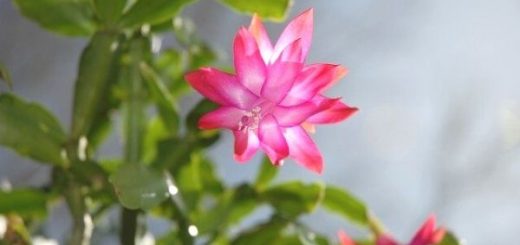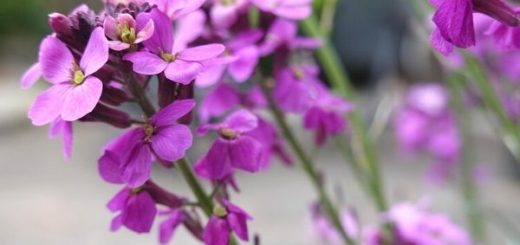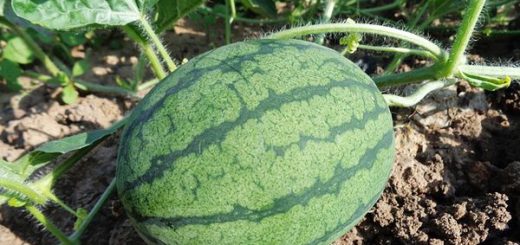Indoor Plants: 7 Types of Decorative, Easy-to-Care

The center of our lives, our private spaces, our most comfortable corner of peace; our homes. We all decorate our homes according to our tastes, personalities, and needs. That’s why no two houses are alike, just like people. One of the common points of the houses is that they carry a piece of nature indoors. In one corner of every house, there is a trace to remind nature. A few stones gathered from the sea, a tiny pot flower, or a huge indoor plant!
Now let’s talk about our green friends that can be grown indoors. Although the common name is living room plants, living room plants that you can put in any room you want clean the air and add positive energy to your living space. The positive effects of plants on human health have been proven by many studies.
You can find detailed information about indoor plants and their names that you can grow at home, in the living room, at work, or in pots in this article. You can also read the answers to questions such as which plant has what features, where do the interesting names come from, and how to care for indoor plants. We have compiled the most beautiful living room plants’ names and all their features that will add color to your home or workplace.
Indoor Plants: 7 Types of Decorative, Easy-to-Care House Plants
1) Orchid
- It is usually in shades of pink and white, but there are also rarer different color varieties.
- The average lifespan of orchids is 3-4 months. If you want the orchid to live longer, you need to prune it. The branches you have pruned should be wrapped with foil until they come back to life.
- It is a bit expensive compared to other options among indoor plant varieties, but the originality of its appearance is not found in any other indoor plant.
- It should be placed in places that receive indirect light, without being exposed to direct sunlight.
- Watering twice a week is sufficient. Over-watered orchids wilt very quickly. It will be useful to spray the leaves of the flower with a light sprayer while watering.
- It is advantageous if the orchid pot is transparent; because the roots of the orchid also need light. The roots of the orchid may protrude out of the pot over time, cutting the roots is inconvenient as it may cause the plant to wilt.
2) Guzmania
- Guzmania is an easy-care houseplant with large flowers in red, orange, and pink.
- It likes semi-shade places. It is convenient to grow this plant at room temperature. Guzmania is not resistant to external factors in areas such as balconies or terraces.
- It is a water-loving plant, it needs to be watered every day, especially in spring and summer. In winter, watering once every 2-3 days is sufficient. Soil change should be done every 2-3 years.
- If vitamin and mineral support is given once a year, Guzmania can maintain its vitality for many years.
3) Dracena Massengena
- Dracena Massengena is a plant that creates a tropical atmosphere in most homes and workplaces. It is appropriate to look in a room between 15-25 degrees.
- It will be beneficial to change the pot direction 1-2 times a week so that the large leaves of the plant, which likes semi-shade areas, receive equal light.
- It is sufficient to water once a week according to the air temperature. Irrigation frequency can be adjusted by controlling the soil moisture.
- It is important that the large leaves do not touch the ground. The leaves of the plant that are stuck will also wilt.
- The Dracena Massengena flower, which blooms once in summer, resembles a hyacinth.
- As can be understood from the meaning of its name, “Life”, it is a long-lived plant. You can get a larger pot if needed once a year.
4) Dieffenbachia
- Dieffenbachia, which we can call the more dwarf version of Dracena Massengena, is an indoor plant with large green leaves that do not flower.
- It is sometimes called the weeping flower, as tear-like water drops form on its leaves.
- It likes sunlight. Although it should not be exposed to direct sunlight, it will be very good to be positioned in a place where it can receive sunlight from behind the curtain.
- Its leaves are poisonous, so they may not be very suitable for homes with pets or children.
- Yellowing leaves should be cleaned with scissors.
- It should be watered 1-2 times a week by controlling the humidity of the soil.
5) Yucca
- Yucca is a tropical indoor plant with thin, long, and large green leaves. Among the indoor plant varieties, it draws attention as it resembles a small palm tree with its different appearance.
- Like many indoor plants, it likes to be in a place that receives light but is not exposed to direct sunlight.
- Since all the large leaves will want to receive light, the pot should be changed from time to time.
- Yellowing and rotting leaves should be trimmed with scissors. Thus, the plant becomes bushier.
- It is enough to water once a week, but this amount can be increased to two when the weather is very hot.
- Soil change can be done in the spring months when the air temperature is most suitable.
- If the yucca has grown too large and has more than one branch, you can propagate by cutting off a branch, rooting it in water, and planting it in a new pot.
6) Scheffler
- Schefflera is a medium-sized, multi-leaved indoor plant with variegated green colors.
- The most important topic in the care of indoor plants is the subject of sunlight. If you have a house that does not receive much sunlight, but you want to grow indoor plants, Schefflera will be the right choice for you. Although this plant does not receive direct sunlight, it can grow healthy.
- Vitamin and mineral supplementation once a year ensures that the plant remains alive for many years.
- It is appropriate to change the pots every 2-3 years in the spring when the air temperature is warm.
7) Peace Flower
- Spathiphyllum, the Peace flower, also known as Sailflower, is a type of lily with long green leaves.
- The peace flower is a water-loving plant. It should be watered twice a week in winter, and in summer as the soil dries.
- If you are looking for a blooming species among indoor plant varieties, Peace Flower will win your heart with its white flowers.
- You can save April as the best month to start growing Peace Flowers.
- It adapts easily to the room temperature of the home environment and is a durable plant.
- It is not recommended to change its position in the house frequently. A 2-year period is suitable for repotting.











